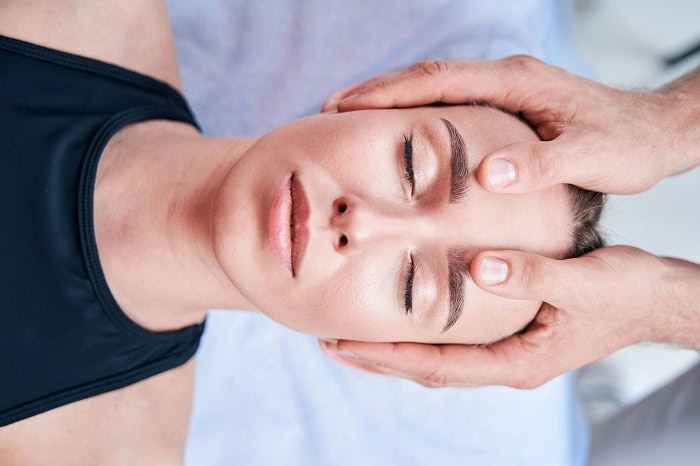

Massage therapists often focus on—and promote—the benefits of massage therapy, which are many, ranging from stress and pain relief to an array of positive effects on specific medical conditions. Additionally, they must understand massage contraindications to ensure client safety.
However, there are also instances when massage is not appropriate due to the risks involved. In some cases, massage is contraindicated only for an affected area—for instance, an open sore of any kind, bruises, and burns—while still being safe for the rest of the body.
In some instances, however, massage should be avoided altogether because of the risks posed to those populations.
Key Massage Contraindications: When to Avoid or Modify Treatment
1. Fever
For a client with a fever of 100.4ºF or higher, any massage that might challenge their internal environment is contraindicated. Light massage may help with sleep, but therapeutic work should be postponed.1
2. Colds and Flus
While some massage therapists believe that for clients in the early and acute stages of such illnesses massage can accelerate the onset of the infection and intensify its severity—this isn’t the case. Regular massage has been shown to increase the activity of natural killer cells (NK cells) making them more efficient in defending against diseases.2 In fact, clients experiencing cold and flu symptoms should be rescheduled because of the risk they pose of infecting others, rather than any risk to themselves—although any congestion they were experiencing would certainly be made worse from lying face down in the face cradle.
3. Liver Failure
Massage is contraindicated for individuals in liver failure because it could potentially strain an already compromised liver by increasing the fluid returned to the blood from ascites. (“Ascites” is the accumulation of fluid in the peritoneal cavity, causing abdominal swelling.) In addition, there is potential for bruising in those with impaired livers because the liver combines many clotting factors.
According to Ruth Werner in her podcast “A Failure to Communicate About a Failure of the Liver” massage for a client with ascites is purely supportive. “The liver is a keystone for fluid management so any kind of technique that focuses on pushing a lot of fluid is probably not a good idea. However, work to reduce pain through touch that does not effect deep circulation may be safe…”3
4. Blood Clots
Because massage increases the risk of a blood clot being released, deep tissue massage should not be done. However, a past history of blood clots does not preclude massage. Massage strokes on extremities should always be toward the heart to assist venous return.
5. Hemophilia or if Blood-Thinning Medication is Being Taken
Hemophilia is a rare hereditary blood defect that is marked by delayed clotting which can increase the risk of bleeding or bruising. It can also cause prolonged or excessive internal or external bleeding after injury or surgery. “Internal bleeding (in joints and muscles) can be caused by even a minor trauma to muscles and joints in people with severe and moderate hemophilia.”4 Clients who are taking blood thinners like warfarin may also be more prone to internal bleeding, as well as bruising.5
6. Severe Osteoporosis
Osteoporosis generally affects older people, especially women, and is characterized by a loss of bone density and mass, making bones very porous and fragile. For this reason, clients with severe or even moderate osteoporosis may experience bone fracture as a result of massage, especially deep work.5 As trained professionals, it is important to avoid techniques that involve strong pressure, particularly around the spine or other affected areas. Massage therapist, writer and educator, Jimmy Gialelis has the following recommendations for clients with osteoporosis:
- Include tapping, vibration or light percussion during sessions to stimulate osteoblast activity.
- Include passive movements and stretching during sessions to aid joint health.
- Shiatsu massage and Thai massage are two modalities that include much passive movement and stretching.
- Perform massages in chair in case of patients with inability to [lie] upon a massage table.
- Be careful when applying deep compression force during sessions. Avoid causing too much deeper pressure force upon weakened bones.6
In the book A Massage Therapist’s Guide to Pathology, author Ruth Werner has this important message, “The primary risk for a person with osteoporosis who receives massage is that a fracture may occur because of undue pressure or problematic positioning on the table. It is important also to remember that elderly clients are unlikely to have only one pathology: This is a population that may have several problems in addition to osteoporosis that influence bodywork choices.”1
7. Severe Platelet Deficiency
Thrombocytopenia “is a condition that develops when the platelet count in your blood is too low. When you are injured, platelets (tiny blood cells) stick together to form a plug, called a blood clot, that seals your wound.”7 While massage is not always completely contraindicated for people with this condition, thrombocytopenic patients bruise easily; therefore, massage must be ultralight or modalities that don’t involve pressure would be best. Light effleurage using a lotion with a good glide to avoid friction, may be used.8
8. Intoxicated Clients
Alcohol and recreational drugs impair a client’s ability to feel when a massage is too intense or too deep, increasing the possibility of being injured during a massage.9 In fact, it’s not a good idea to massage someone the day after they’ve been drinking a lot: a client who is hungover and dehydrated will likely feel even more dehydrated after a massage.10
9. Autoimmune Flare-Ups
During inflammatory stages or acute flare-ups of autoimmune diseases such as rheumatoid arthritis, scleroderma, or lupus, massage should be avoided as the skin may be painful to the touch at such times.11, 12
10. Cellulitis
A bacterial skin infection, cellulitis appears as a hot, red, tender area. Even though the red patch may be discrete, because this condition is often accompanied by malaise and fever, whole body massage is contraindicated.
11. High-Risk Pregnancy
Because there are no scientifically agreed-on guidelines for pregnancy massage, women who are at high risk of, for example, preeclampsia, miscarriage, or placental abruption should consult their doctors before receiving massage. And then massage should only be given by a professional trained and certified in prenatal massage. Because of the risk, some therapists might require a liability waiver and written consent from the doctor before providing massage.13, 14
12. Meningitis
Meningitis, which affects the brain and spinal cord, is life-threatening to the client and may be contagious.4 Massage is therefore contraindicated when it is at an acute stage.15 During remission, however, massage can actually “lessen exacerbations, relax the client, decrease tone in rigid muscles, and prevent stiffness and contractures.”16
13. Long COVID / Post‑Viral Fatigue Syndrome
Post-viral conditions like long COVID may involve chronic fatigue, autonomic dysfunction (e.g., POTS), or clotting concerns. Gentle massage may support circulation and comfort, but massage should be avoided during symptom flare-ups or ‘crash’ periods, and any symptoms of active inflammation or cardiovascular stress must be assessed.17, 18, 19
14. Recent Vaccination
Vaccinations, including boosters for flu or COVID-19, can cause temporary symptoms such as low-grade fever or lymph node swelling.20 Massage should be postponed for 24-72 hours after vaccination and should avoid swollen or tender areas.21
Conclusion
The above list is by no means comprehensive. It does, however, point to why obtaining client histories is so important.
Equally important is to check with returning clients as to whether they have any new medical conditions or health concerns. The client’s safety and well-being is important, but your own health should be safeguarded, too.

Client intake forms and health history forms are critical for identifying potential massage contraindications. Visit MBLExGuide to download massage forms.
- Re‑evaluate client health history at every session, asking about new developments, diagnoses, medications, or symptoms.
- Understand the distinction between absolute contraindications (no massage possible) and relative contraindications (massage with safe modifications).
- Educate your client clearly on why a condition may be contraindicated—even if they feel well—and the plan for modification or rescheduling.
- Refer to medical professionals when needed, and never proceed if in doubt—your license and the client’s safety matter.




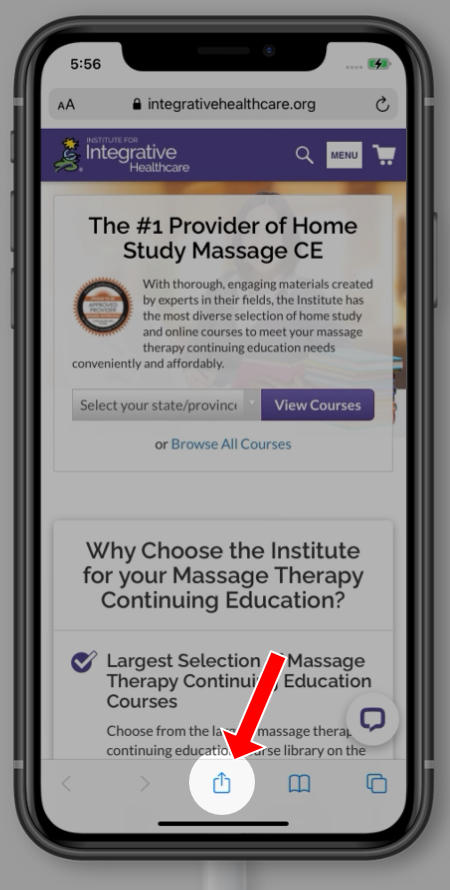
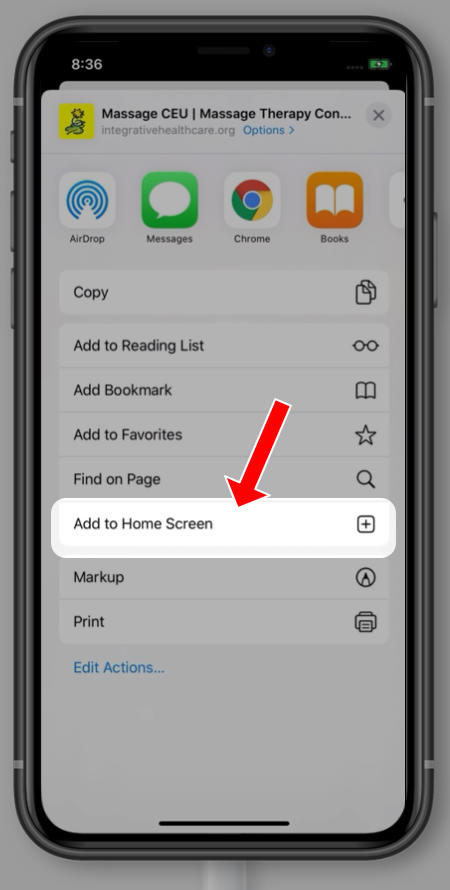
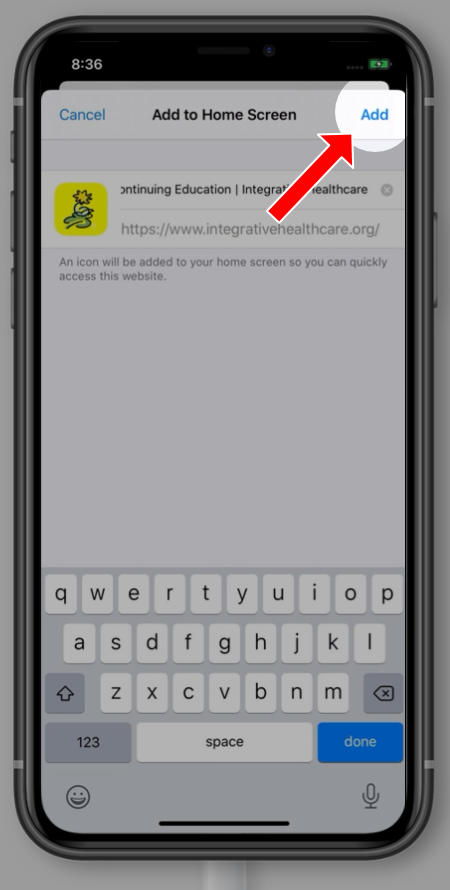
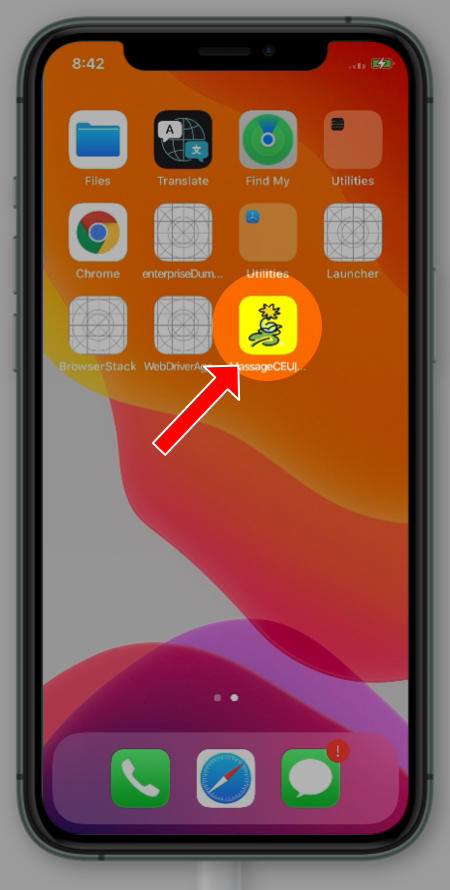

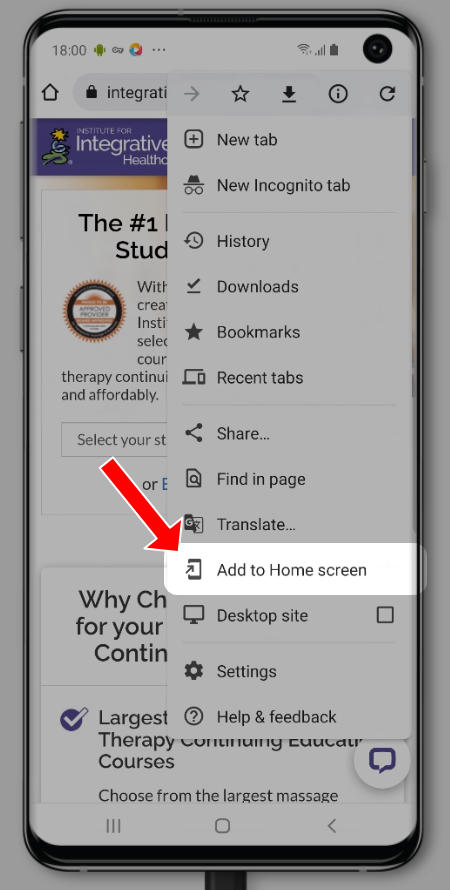
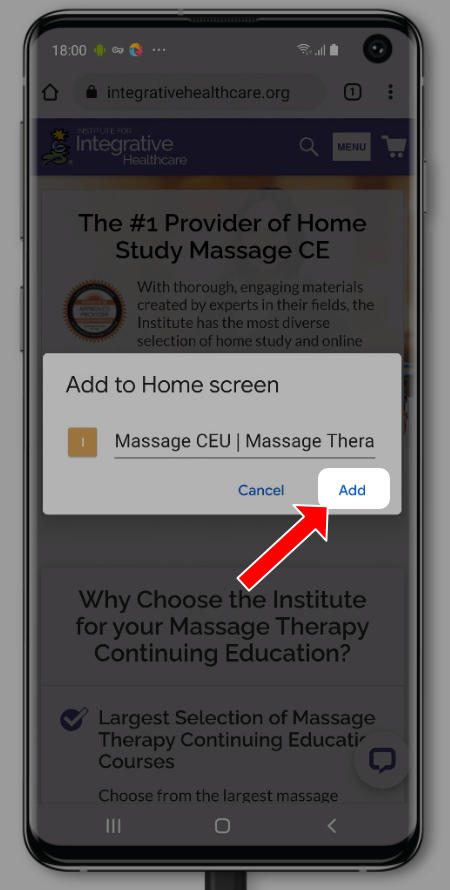
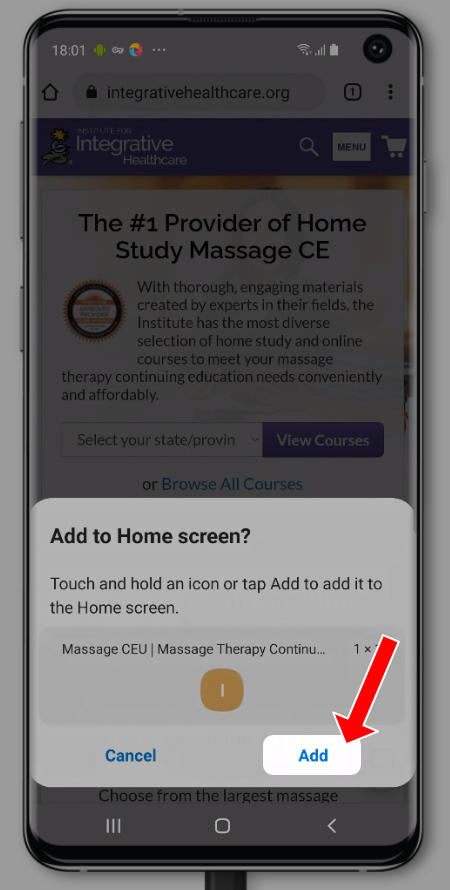
so for cardiac patients who are on blood thinners and likely have stent placement or congestive heart failure or diabetes with neuropathies in feet these folks should NEVER be massaged So many of these folks suffer from anxiety and depression and they do hurt physically as well